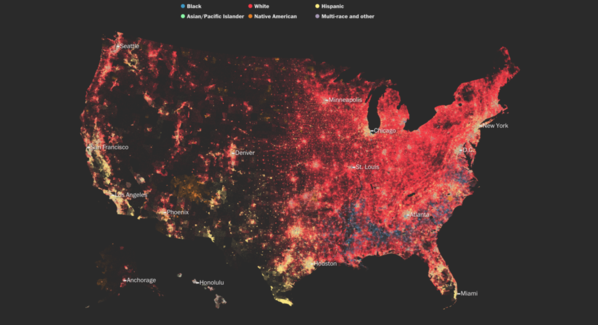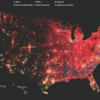by Aaron Williams and Armand Emamdjomeh
The United States is on track to be a majority-minority nation by 2044. But census data show most of our neighbors are the same race.
Since 1990, more than 90 percent of U.S. metro areas have seen a decline in racial stratification, signaling a trend toward a more integrated America. Yet, while areas like Houston and Atlanta have undergone rapid demographic changes, cities like Detroit and Chicago still have large areas dominated by a single racial group.
Some 50 years ago, policies like the Fair Housing Act and the Voting Rights Act were enacted to increase integration, promote equity, combat discrimination and dismantle the lingering legacy of Jim Crow laws. But a Washington Post analysis shows that some cities remain deeply segregated — even as the country itself becomes more diverse.
To explore these national changes, The Post analyzed census data from 1990, 2000, 2010 and the latest estimates from the 2016 five-year American Community Survey. Using that data, we generated detailed maps of the United States using six race categories: black, white, Hispanic, Asian/Pacific Islander, Native American and multi-race/other for the available years.
To read the rest of this analysis by Aaron Williams and Armand Emamdjomeh of The Washington Post, please click here: https://www.washingtonpost.com/graphics/2018/national/segregation-us-cities/?utm_term=.dd546812aa70




Comments (1)